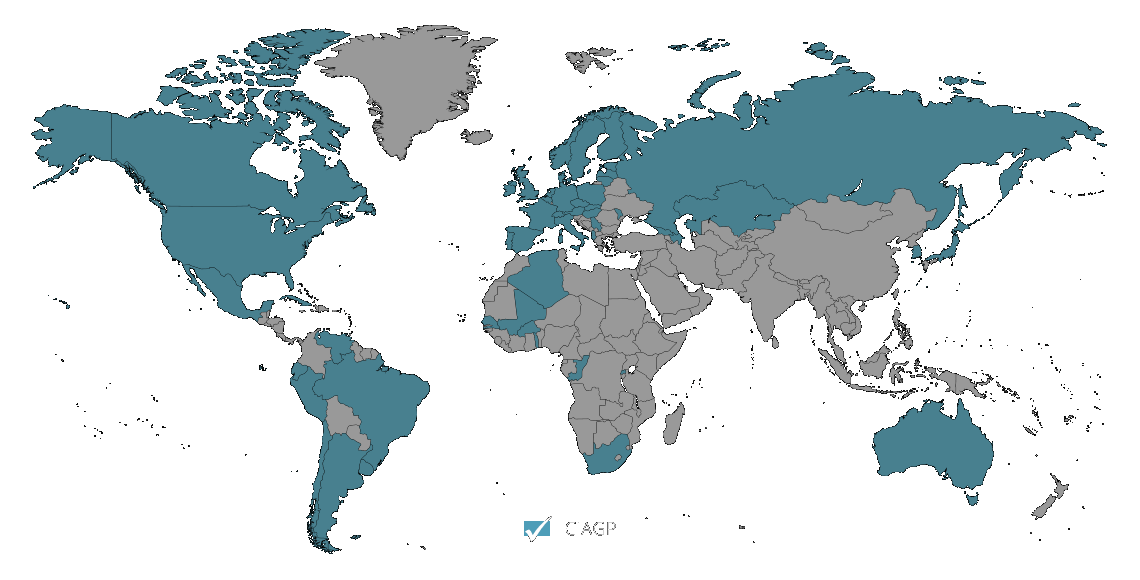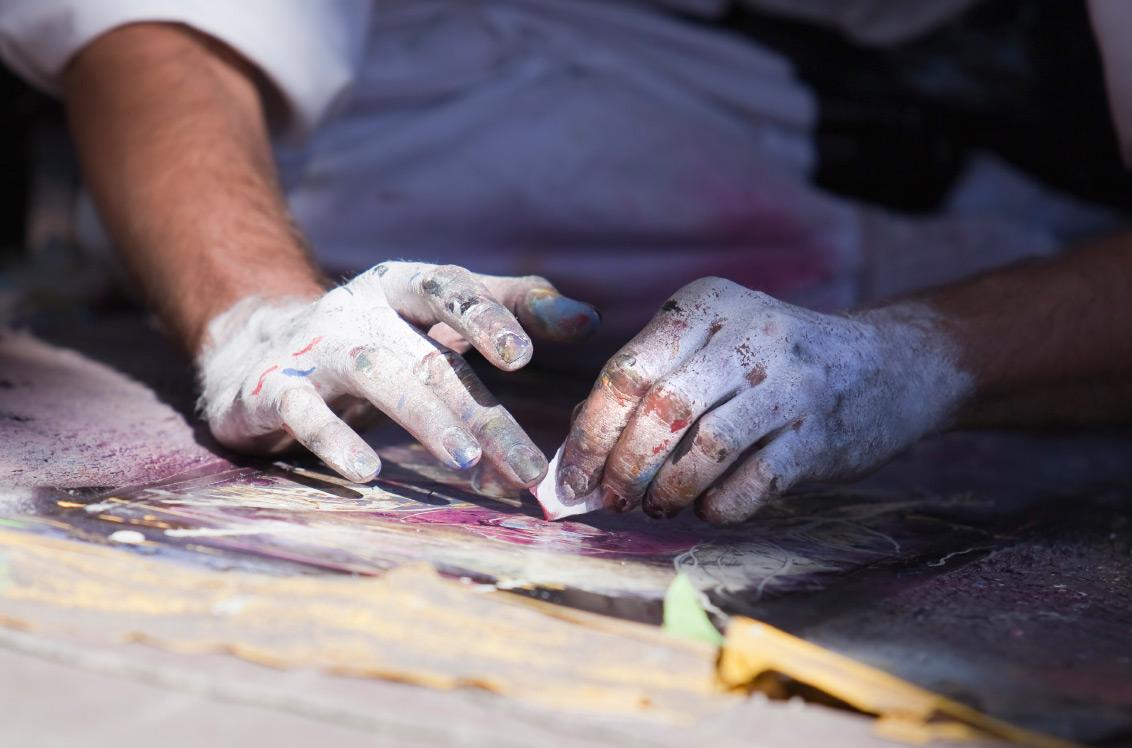
INTERNATIONAL COUNCIL OF CREATORS OF GRAPHIC, PLASTIC AND PHOTOGRAPHIC ARTS
About CIAGP
The International Council of Creators of Graphic, Plastic and Photographic Arts (CIAGP) brings together creators in the field of visual and plastic arts from around the world. The organisation serves as a forum for the exchange of information, ideas, best practices, experiences and practical advice on the administration of visual authors’ rights. It includes tools and activities aimed at promoting the moral, professional, economic and legal interests of visual authors.
EXECUTIVE COMMITTEE
SOCIETIES
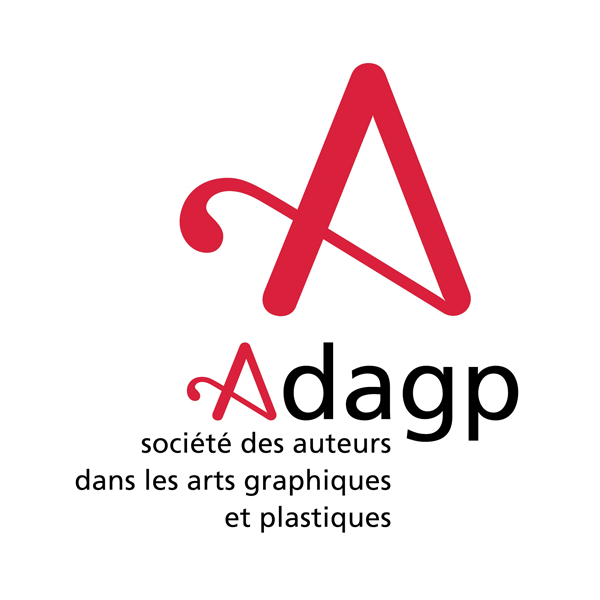
Adagp
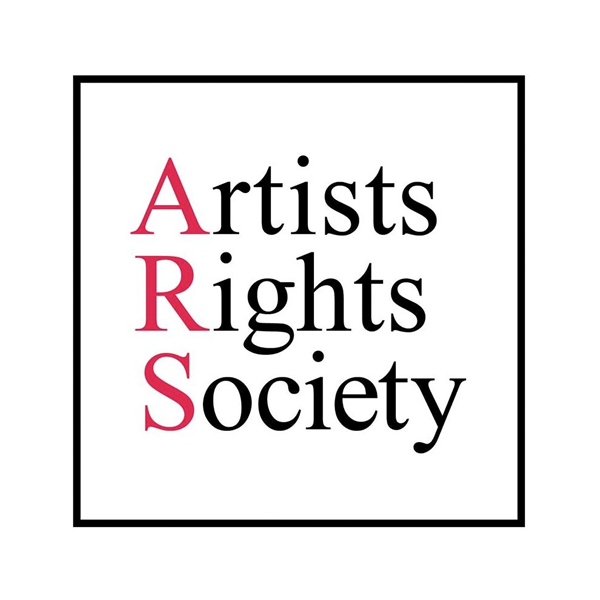
ARS

Bild - Kunst

Bildupphovsrätt

Viscopy
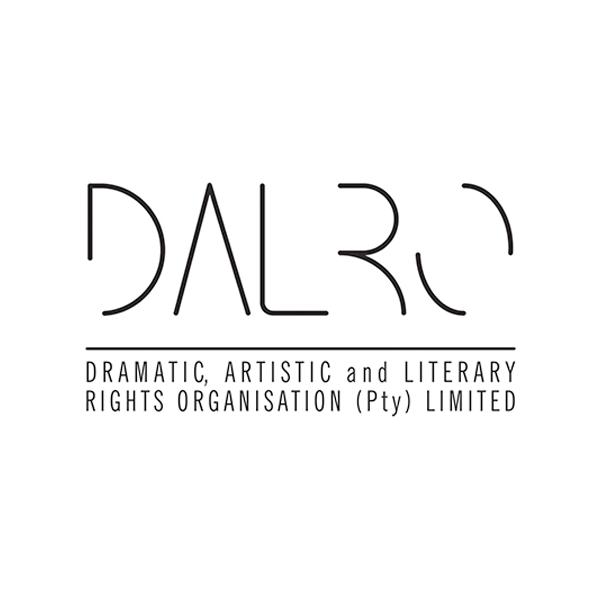
Dalro
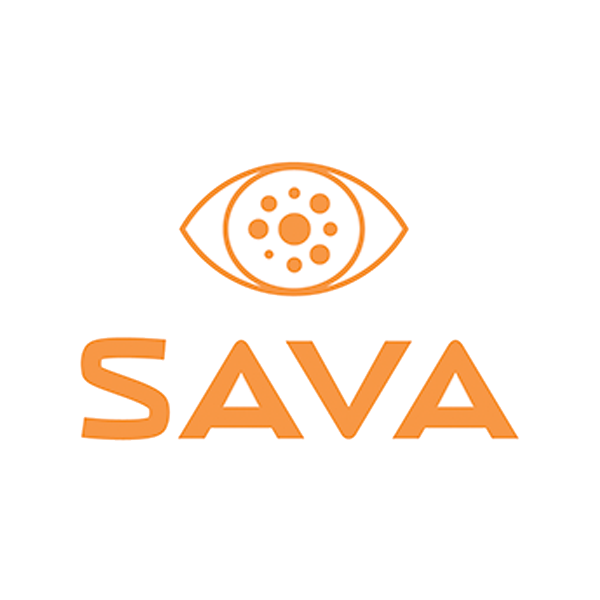
Sava
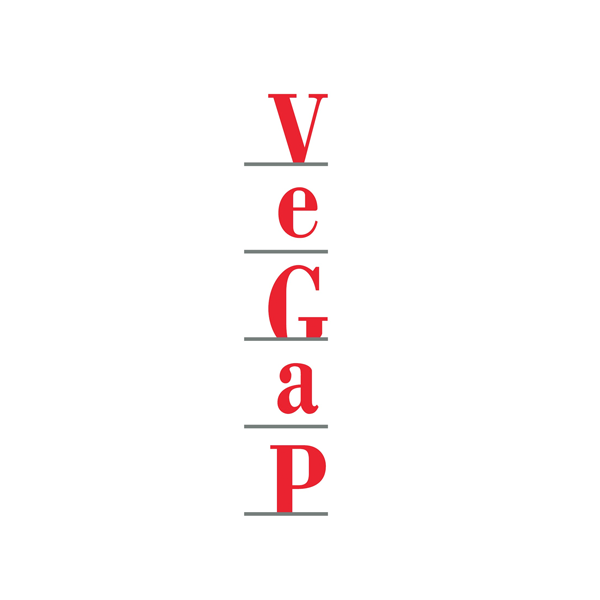
Vegap
“Graphic, plastic and photographic creators rely on the sound protection and effective management of copyright to protect their moral and economic interests”

CIAGP’s Work
CIAGP plays a key roll in promoting and protecting the rights of artists as the use of their work becomes broader and more diverse. The council draw together creators from the field of visual and plastic arts, art photographers as well as officials and lawyers from their societies. All matters relating to their profession and their interests are discussed during CIAGP meetings which are chaired by its president, French artist Herv é di Rosa.
Among the items on the agenda, the issue of international cooperation, particularly in the use of works on the internet, occupies a crucial place. In this respect the creation of ONLINEART (a one-stop-shop which offers world wide licenses on works of 40,000 artists for online users) is a crucial response to market demands for multi-territorial licences.
More traditional uses of art (such as reproductions of copyrighted works on paper) are also part of the CIAGP’s work. The aim is to improve collaboration with management companies to address rights in a simple and effective way that respects the moral right of artists.
The Resale Right
The artist’s resale right, also referred to as droit de suite, guarantees creators the ability to earn a fair share from the resale of their works. It is a royalty paid to visual artists when their works are resold by an auction house or gallery, above a certain price. The royalty is a small percentage of the resale price. The rate varies from country to country and normally depends on the sale price of the work.
The artist’s resale right ensures that the artist and his/her family receive compensation each time a work is resold. This makes it possible for the artist to retain a share in their work as it increases in value. Without resale right, the artist receives no compensation after the initial sale, while auction houses, art dealers and private collectors cash in on the growing value of the work, which is attributed to the artist’s reputation.
The right is recognised under international copyright law. It is included in article 14ter of the Berne Convention, which remains the principle blueprint for global authors’ rights. It is not compulsory, however, and is instead presented as a reciprocal right. This means that for an artist to receive the resale royalty, the right must be enacted both in his/her home country as well as the country where the work was sold.
A Directive of the European Union passed in 2001 required all EU countries to implement the resale right. This was a major step forward towards the global recognition of the right, which now exists in more than 70 countries worldwide. However, due to the reciprocal nature of the right in the Berne Convention, the fact that it is not yet implemented in some countries, including major art markets such as the United States and China is a major hurdle for visual artists worldwide.
DOWNLOAD THE BROCHURE
